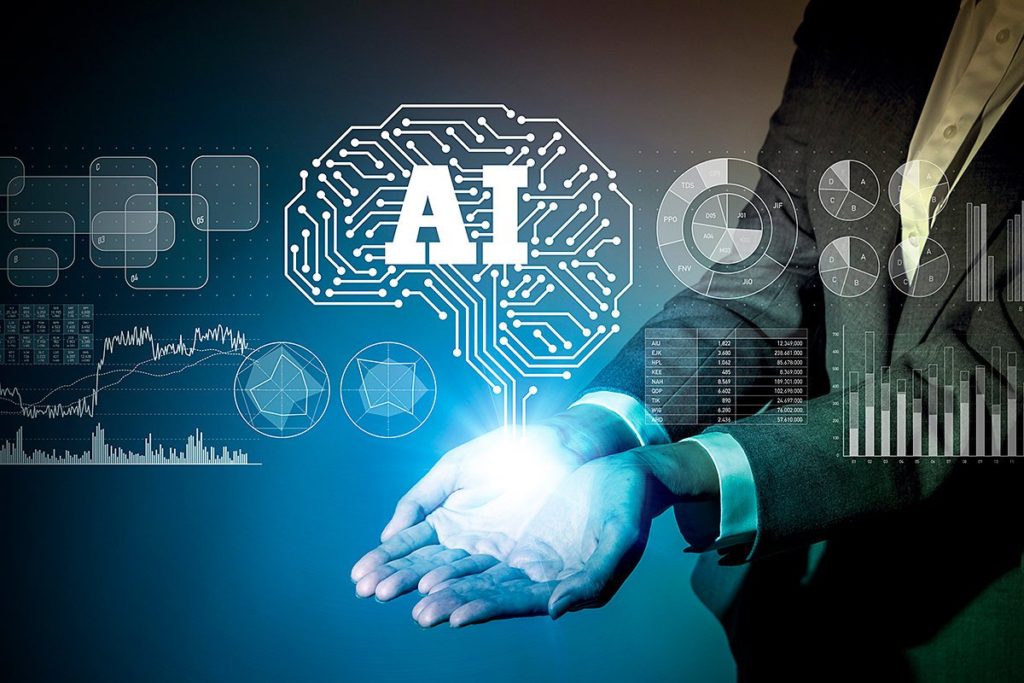|
Getting your Trinity Audio player ready...
|
The onset of ChatGPT and the growing prominence of artificial intelligence (AI) have brought both excitement and misconceptions to the business world. While AI can be a powerful tool when used correctly, there is a disconnect between public perceptions of its capabilities and the reality of its limitations. The way AI is often discussed as an all-in-one easy solution has led many companies to embrace it without proper implementation, resulting in disastrous errors.
The evolution of AI has seen a shift toward machine learning, with a particular focus on chat and human-to-machine interaction. The emergence of ChatGPT, which applies deep learning techniques to create sophisticated conversational models, has sparked enthusiasm among businesses looking to save costs and gain a competitive advantage through automation. However, the rush to adopt AI has led to the production of features with no clear strategy, inadequate data quality, and a limited understanding of AI technology.
This growing misconception about AI has had damaging consequences. High-profile cases, such as a lawyer using ChatGPT to create a court filing based on nonexistent cases and offensive messages tweeted by a chatbot shortly after its release, highlight the risks associated with blindly trusting AI models. AI systems make mistakes and output errors, commonly known as “hallucinations,” which can propagate falsehoods if not properly addressed. The quality and completeness of training data play a crucial role in mitigating these errors.
One of the main issues with AI is the lack of transparency and the difficulty in tracing the sources of data used to generate outputs. The black-box nature of AI makes it challenging to understand and remedy hallucinations effectively. Human expertise is essential in building, teaching, and continuously overseeing the use of AI systems. Treating AI as a magical fix-all button without caution can disrupt processes, alienate customers, and even have severe consequences for businesses and individuals.
To use AI in the right way, a mindset shift is required. AI should be viewed as a powerful tool that complements human expertise rather than a replacement for systems or jobs. The success of AI relies on the collaboration between AI systems and human experts who can facilitate its implementation and ensure its learning and development. Behind every great AI system is a team of human experts who understand its capabilities, limitations, and potential risks.
In conclusion, while AI presents exciting opportunities, it is crucial to address the growing misconceptions surrounding its capabilities and limitations. Implementing AI effectively requires a thoughtful and cautious approach, with human expertise playing a vital role in ensuring its success. By understanding the true potential of AI and working alongside human experts, businesses can harness its power while avoiding potential pitfalls and maximizing its benefits.



